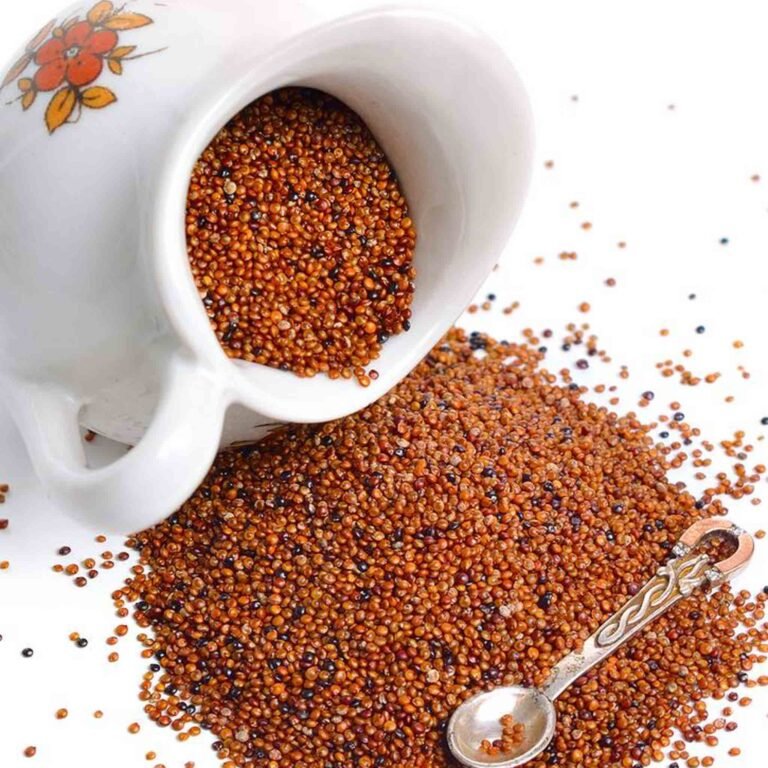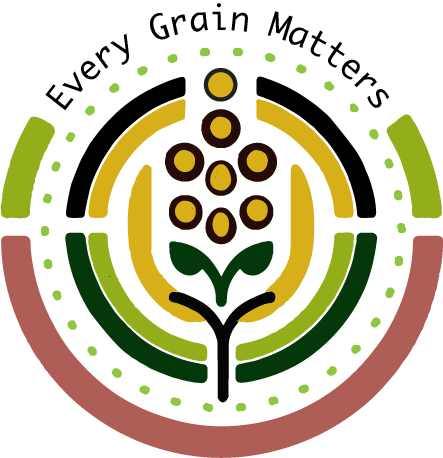Kaniwa, often overshadowed by its more famous cousin quinoa, is a tiny grain with a mighty nutritional profile. Native to the Andean region of South America, kaniwa has been a staple in the diet of indigenous communities for centuries. Like quinoa, kaniwa is a complete protein, meaning it contains all nine essential amino acids necessary for human health—a rarity among plant-based foods.
Kaniwa is a powerhouse of nutrition. It’s rich in protein, fiber, and essential minerals such as iron, calcium, and phosphorus. This gluten-free grain is also lower in calories than quinoa, making it an excellent option for those looking to maintain or lose weight without sacrificing nutrition. Its low glycemic index ensures steady energy release, making kaniwa an ideal choice for maintaining balanced blood sugar levels.

Cooking Kaniwa: Quick and Easy
Kaniwa is not only nutritious but also quick and easy to cook. Unlike quinoa, kaniwa doesn’t require rinsing since it lacks the bitter saponins. Here’s how to prepare it:
Basic Cooking Method:
- Cook: Combine 1 cup of kaniwa with 2 cups of water or broth in a pot. Bring it to a boil.
- Simmer: Reduce the heat, cover, and let it simmer for about 15 minutes, or until the grains have absorbed the liquid and are tender.
- Fluff: Remove from heat and let it sit for a few minutes. Fluff with a fork before serving.
Kaniwa may be small, but it’s packed with essential nutrients that can make a big difference in your diet. As a complete protein, it’s an excellent choice for vegetarians, vegans, and anyone looking to add more plant-based nutrition to their meals. Easy to cook and versatile in the kitchen, kaniwa is a grain worth exploring. Incorporate it into your daily routine and enjoy the health benefits this ancient superfood has to offer.
